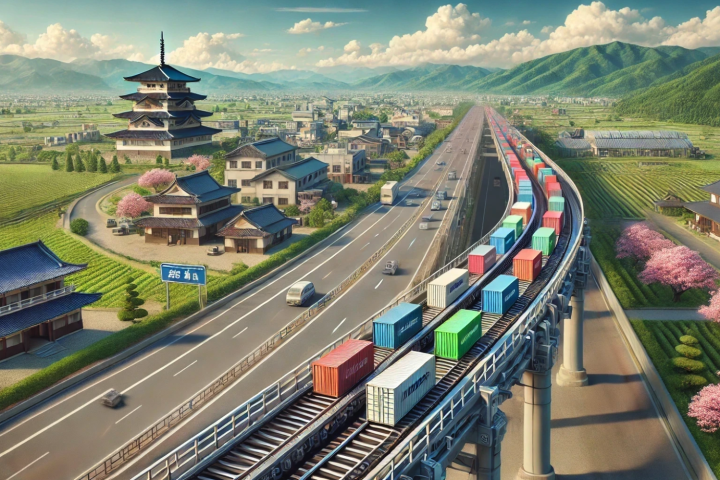While there are increasing numbers of large wind farms being built around the world, many of these projects are underperforming and not producing as much power as expected. New research suggests the reason could be that the wind turbines are being placed too close together. The researchers say that spreading the turbines out will result in a more cost-efficient wind farms and they’ve come up with a formula through which the optimal spacing for a large array of turbines can be obtained.
The newest wind farms, be they on or offshore, typically use turbines with rotor diameters of around 300 feet (91 m), which are typically spaced about seven rotor diameters apart. Charles Meneveau, a fluid mechanics and turbulence expert at Johns Hopkins University, working with Johan Meyers, an assistant professor at Katholieke Universiteit Leuven in Belgium, conducted research that indicates placing the wind turbines more than twice as far apart as current layouts – 15 rotor diameters apart – results in more cost-efficient power generation.
Meneveau says that earlier computational models for large wind farms – those consisting of hundreds or even thousands of turbines – were based on simply adding up what happens in the wakes of single wind turbines. However, his new spacing model takes into account the interaction of arrays of turbines with the entire atmospheric wind flow.
The researchers claim that the energy generated in a large wind farm has less to do with horizontal winds and is more dependent on the strong winds that the turbulence created by the tall turbines pulls down from higher up in the atmosphere. Using high-performance computer simulations and wind tunnel experiments, they determined that in the correct spacing, the turbines alter the landscape in a way that creates turbulence, which stirs up the air and helps draw more powerful kinetic energy from higher altitudes.
The study by Meneveau and Meyers was presented recently at a meeting of the American Physical Society Division of Fluid Dynamics. However, Meneveau says further research is needed to learn how varying temperatures can affect the generation of power on large turbines. He has applied for continued funding to conduct such studies.




